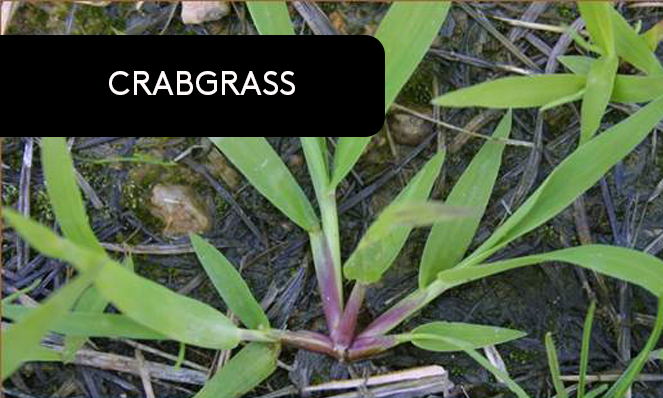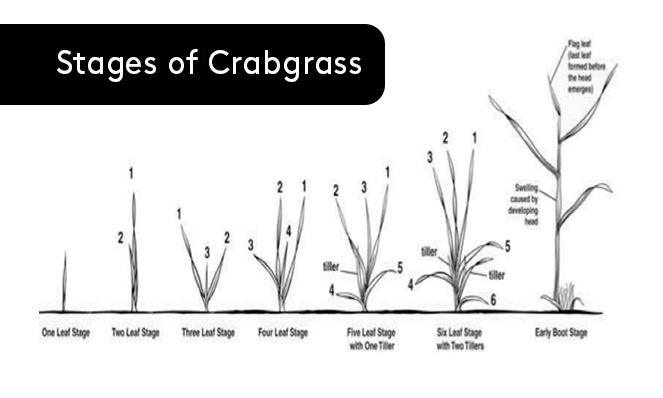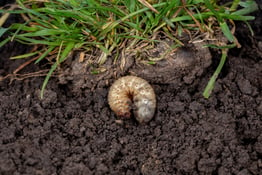Crabgrass is an annual grassy weed. Of the 3 major annual grasses, i.e. crabgrass, foxtail and goosegrass, it germinates first. Crabgrass requires several environmental conditions for germination to occur. First it requires light, next it needs a soil temperature of at least 55° F for 3-5 days and also requires moisture. Of all of the annual grasses, crabgrass is most affected by a thick actively growing lawn. By mowing tall, you prevent light from reaching the soil and the crabgrass seed.

Crabgrass can be controlled chemically either by the use of a pre-emergent chemical, prior to the plant emerging or post-emergently, once it has developed leaves and can be seen above the turf canopy.

Both of these chemicals provide excellent pre-emergent control of crabgrass, but Dithiopyr will also provide post-emergent control of the young 3-5 leaf crabgrass plant. If the plant gets larger than that, a true post-emergent herbicide such as quinclorac will be required.
Remember, that the best control of crabgrass is a thick actively growing turf!

